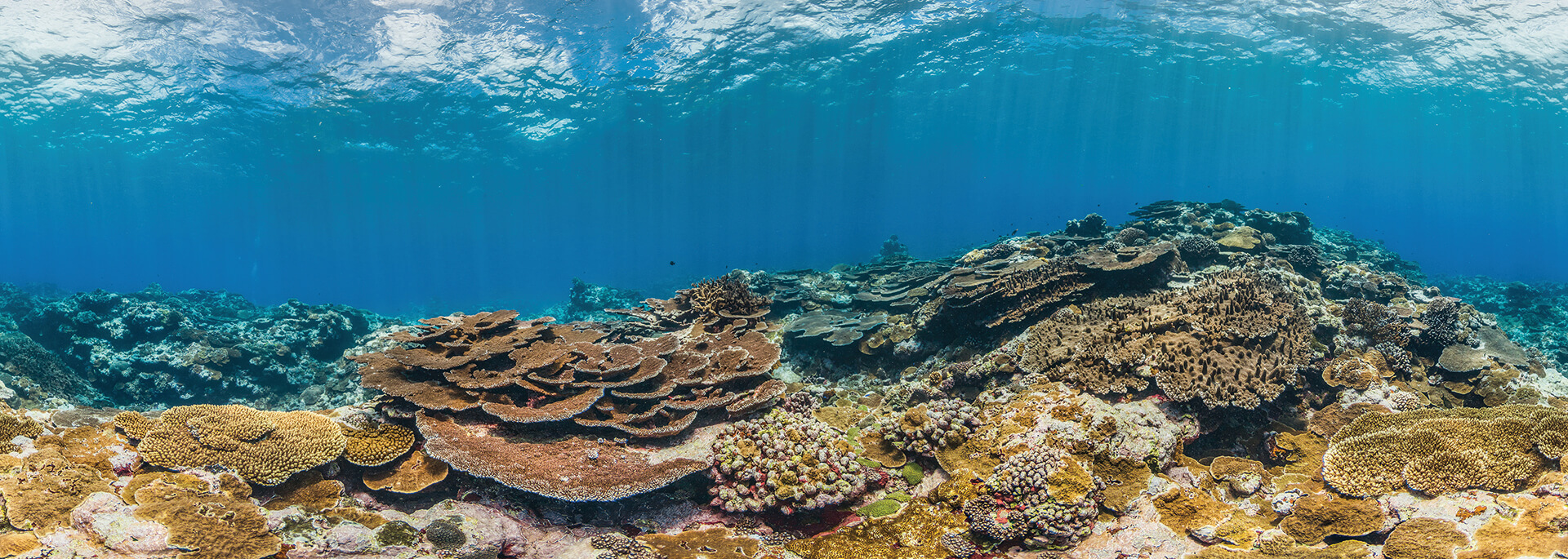National Marine Sanctuary of American Samoa

Location: American Samoa
Size: 13,581 square miles
Designated: 1986 (expanded 2012)
Habitat: Coral reefs, mesophotic reefs, deep sea, open ocean, shallow reef flat
Visit Website



Photos (clockwise from top left): The Ocean Agency/Coral Reef Image Bank; Greg McFall/NOAA; David J. Ruck/NOAA; David J. Ruck/NOAA.
National Marine Sanctuary of American Samoa was once our nation’s smallest marine sanctuary, but in 2012 it expanded to become one of the largest. Today, the sanctuary protects 13,581 square miles throughout the American Samoa archipelago. It safeguards extensive coral reefs, including some of the oldest and largest Porites coral heads in the world. This sanctuary celebrates six protected areas, in which you’ll also find seamounts, hydrothermal vents, deep-water reefs, and vast open ocean. The sanctuary encompasses important fishing grounds, the southernmost point in the United States, and Rose Atoll Marine National Monument, which celebrates its 10th anniversary this year.
At the heart of National Marine Sanctuary of American Samoa is Fa’a Samoa, or the traditional Samoan way. It is the foundation of Polynesia’s oldest culture, dating back some 3,000 years. Fa’a Samoa places great importance on the dignity and achievements of the group rather than the individual. With this in mind, NOAA co-manages this diverse sanctuary with the government of American Samoa and works closely with communities that live adjacent to the sanctuary, all within the context of Samoan cultural traditions and practices.
National Marine Sanctuary of American Samoa provides programs and events that engage local, regional, national, and international communities. Visitors can experience spectacular diving and snorkeling, learn about Samoan culture, and visit the Tauese P.F. Sunia Ocean Center.


